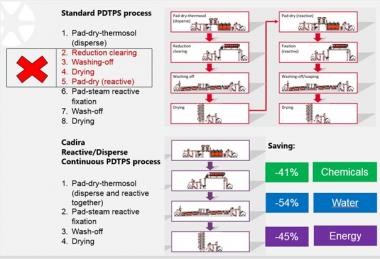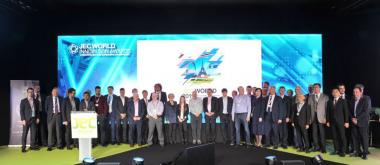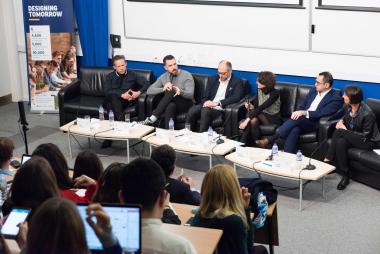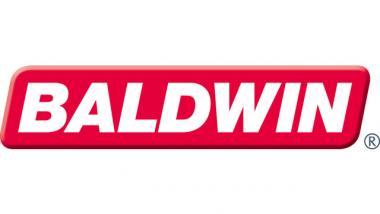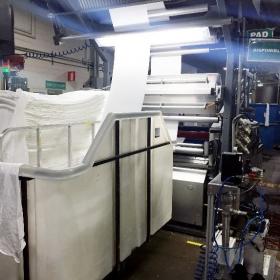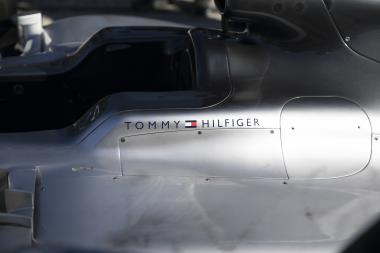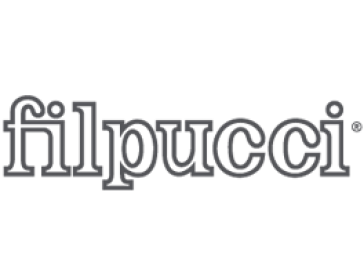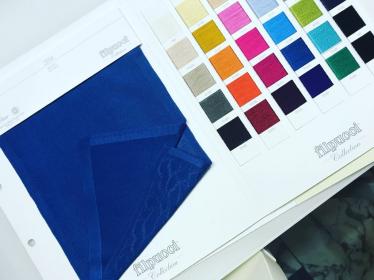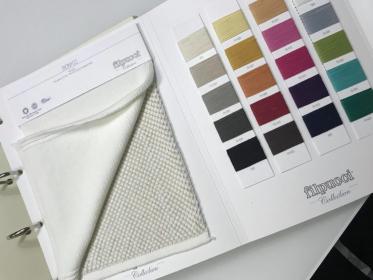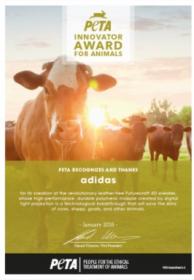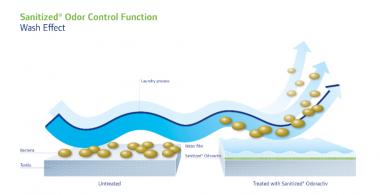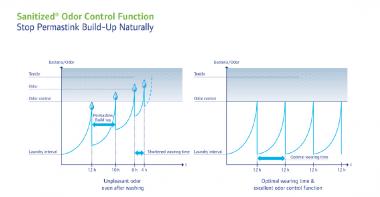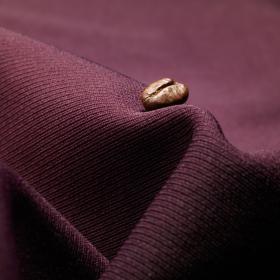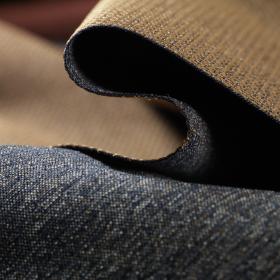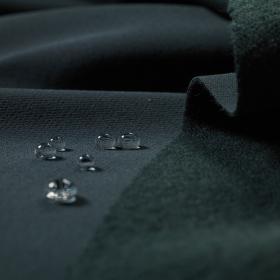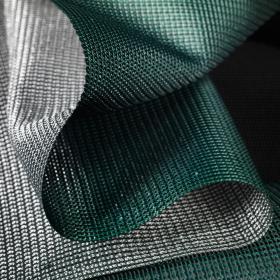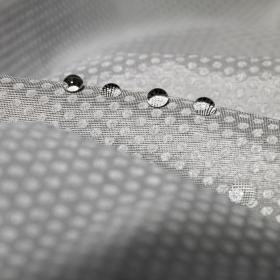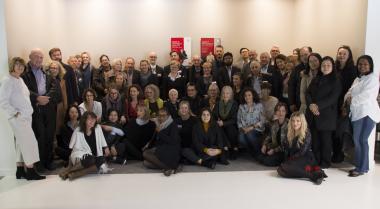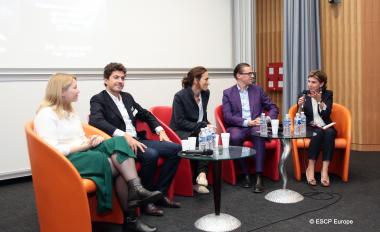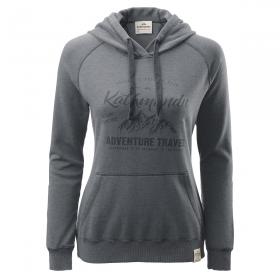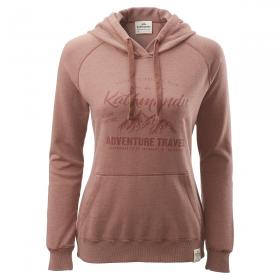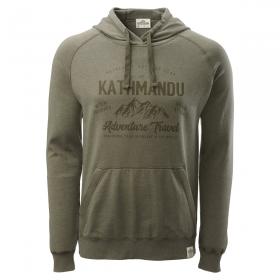GST Achieves Sustainable Competitive Advantage through Unique Partnership with Lectra
- A unique partnership enabled Lectra to test its revolutionary laser-cutting technology in a real production environment while delivering sustainable competitive advantage to the world’s leading supplier of airbag cushions.
Reaching the next level of growth and performance
Global Safety Textiles (GST) is the leading independent producer of airbag fabric and airbag cushions and supplier to the majority of airbag manufacturers.
Recognized for its long tradition of research and development, GST uses stateof- the-art technology to manufacture technical textiles for a variety of passive safety applications.
With operations on four continents, the German group has a workforce of more than 5,000.
The company’s worldwide operations and resources enable it to fulfill high volumes of orders promptly, providing the global automotive industry with a steady supply of airbag fabrics and cushions.To address GST’s main business challenges and meet their demanding manufacturing specifications, the group evaluated the performance of FocusQuantum OPW for one-piece-woven (OPW) airbag fabric together with Lectra in the pre-launch phase of the advanced laser airbag cutting solution. Following successful testing of Lectra’s advanced airbag cutting technology in a real production environment in Poland, the group then decided to acquire FocusQuantum OPW for implementation in China.
A one-off join testing collaboration on customer premise
The result of a mutually beneficial collaboration between Lectra and its longstanding customer, specifications for laser OPW airbag cutting solution FocusQuantum took into account GST’s exacting requirements. Once the development of FocusQuantum OPW was completed, both companies agreed to conduct joint
testing. “We came to the idea of joint testing when we visited Lectra’s R&D center in Bordeaux,” says Uwe Zimmermann, COO, GST.
“We discussed taking validation of our specifications to the next level. The idea came up to do it directly in a manufacturing environment.”
The extensive testing enabled GST’s experts to certify FocusQuantum as a proven technological platform for the mass production of airbags. “Process capability was a formal part of validations at GST Poland,” recalls Piotr Siwek. Manufacturing Engineering Manager. “It was verified and confirmed that FocusQuantum meets GST’s targets. The biggest improvement over the previous solution was the software, which we also helped Lectra develop. FocusQuantum Suite is one of the biggest advantages.”
Worldwide standartisation and rollout in China
As a result of the successful joint testing, GST decided to proceed with implementation in China. “Because GST aims to become a major player in Asia,
implementation of FocusQuantum in China is the next logical step for us,” explains Zimmermann. “Standardization of all our equipment worldwide is mandatory for us. That’s why we decided to work with a global player like Lectra.” With more than twice the productivity of the previous solution, FocusQuantum
has exceeded GST’s performance targets. The significantly higher level of process capability has both improved cutting quality and reduced the number
of defective cut parts.
“When we compare the unit output and unit cutting cost, we see a real improvement over the previous generation, so we are quite satisfied with the machine,” notes Sky Yang, General Manager, GST China. “It’s more reliable and productivity is significantly higher.”
Nathalie Fournier-Christol, Lectra







